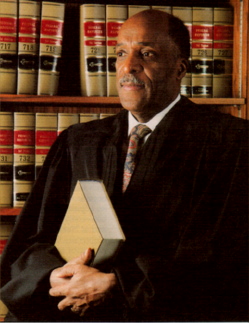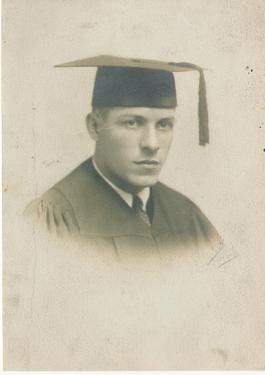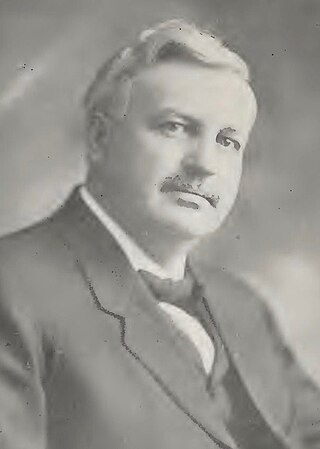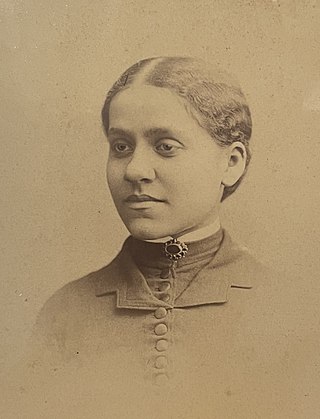
Struthers is a city in eastern Mahoning County, Ohio, United States, along the Mahoning River. The population was 10,063 at the 2020 census. Located directly southeast of Youngstown, it is a suburb of the Youngstown–Warren metropolitan area.

Niles is a city in southern Trumbull County, Ohio, United States, situated at the confluence of the Mahoning River and Mosquito Creek. The city's population was 18,443 at the 2020 census. It is a suburb of the Youngstown–Warren metropolitan area.

Youngstown is a city in and the county seat of Mahoning County, Ohio, United States. At the 2020 census, it had a population of 60,068, making it the eleventh-most populous city in Ohio. It is a principal city of the Youngstown–Warren metropolitan area, which had 430,591 residents in 2020 and is the seventh-largest metro area in Ohio. Youngstown is situated on the Mahoning River in Northeast Ohio, 58 miles (93 km) southeast of Cleveland and 61 miles (100 km) northwest of Pittsburgh.

Marc E. Dann is an American former politician of the Democratic Party, who served as the Attorney General of Ohio from 2007 until his resignation on May 14, 2008.

The Youngstown Ohio Works baseball team was a minor league club that was known for winning the premier championship of the Ohio–Pennsylvania League in 1905, and for launching the professional career of pitcher Roy Castleton a year later. A training ground for several players and officials who later established careers in Major League Baseball, the team proved a formidable regional competitor and also won the 1906 league championship.

Nathaniel Raphael Jones was an American attorney, judge, and law professor. As general counsel of the NAACP, Jones fought to end school segregation, including in the northern United States. From 1979 until 1995, he served as a United States circuit judge of the United States Court of Appeals for the Sixth Circuit before assuming senior status, and in 2002 retired to resume a private legal practice.

Edward J. Hogan was a track and field standout at the University of Notre Dame in the early 1920s, under legendary coach Knute Rockne. He placed in numerous track and field events and reportedly trained for the 1924 Olympics. Hogan's photograph is featured on Notre Dame's sports "Wall of Honor".

Joseph Green Butler Jr. was an American industrialist, philanthropist, and popular historian. He is remembered primarily for establishing the first museum in the United States dedicated solely to American art.

John Young was an American surveyor and pioneer. He is best known as the founder of Youngstown, Ohio, a village that eventually became one of the nation's largest steel producers.

Samuel Vernon Stewart was an American attorney and Democratic Party politician, an attorney, former Montana Supreme Court Justice and the sixth Governor of Montana.

Asahel Wellington Jones was an American Republican politician who served as the 24th lieutenant governor of Ohio from 1896 to 1900.

Charles Henry Owsley (1846–1935) was an English-born American architect in practice in Youngstown, Ohio, from 1872 until 1912.

Joseph L. Schiavoni is an American politician and judge who served as a member of the Ohio Senate and Ohio Senate Minority Leader. A member of the Democratic Party, Schiavoni was elected in 2020 to serve as a Judge in the Mahoning County, Ohio Court System.

The economy of Youngstown, Ohio, United States, flourished in the 19th and early 20th centuries, with steel production reaching all-time highs at that time. The steel boom led to an influx of immigrants to the area looking for work, as well as construction of skyscrapers in the area. The city's population peaked at 170,002 in 1930, just at the onset of the Great Depression. World War II also brought a great demand for steel. After World War II, demand for steel dropped off dramatically, and industrial base of Youngstown began to see a decline.

Leroy Delano Thoman was an American judge and civil service commissioner.

Dario David Hunter, also known as Yisroel Hunter, is an American rabbi, lawyer and politician. He is the first Muslim-born man to be ordained as a rabbi. A former member of the Youngstown, Ohio Board of Education, Hunter sought the 2020 Green Party presidential nomination, ultimately coming in second. He ran as the presidential nominee of the Oregon Progressive Party and elsewhere under the party label of Progressive Party in the 2020 United States presidential election.

William Lee Brown was an American newspaper publisher and politician from Ohio and New York.
The Youngstown Athletics, or Youngstown A's, was the final name of a baseball team in the Mid-Atlantic League that was based in Youngstown, Ohio, between 1939 and 1941 and 1946 and 1951.

Consuelo Clark-Stewart was an American physician and the first African American woman to practice medicine in Ohio.




















